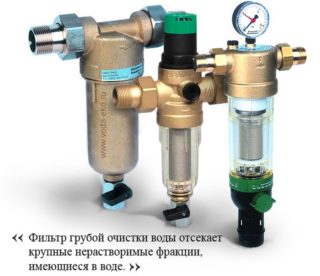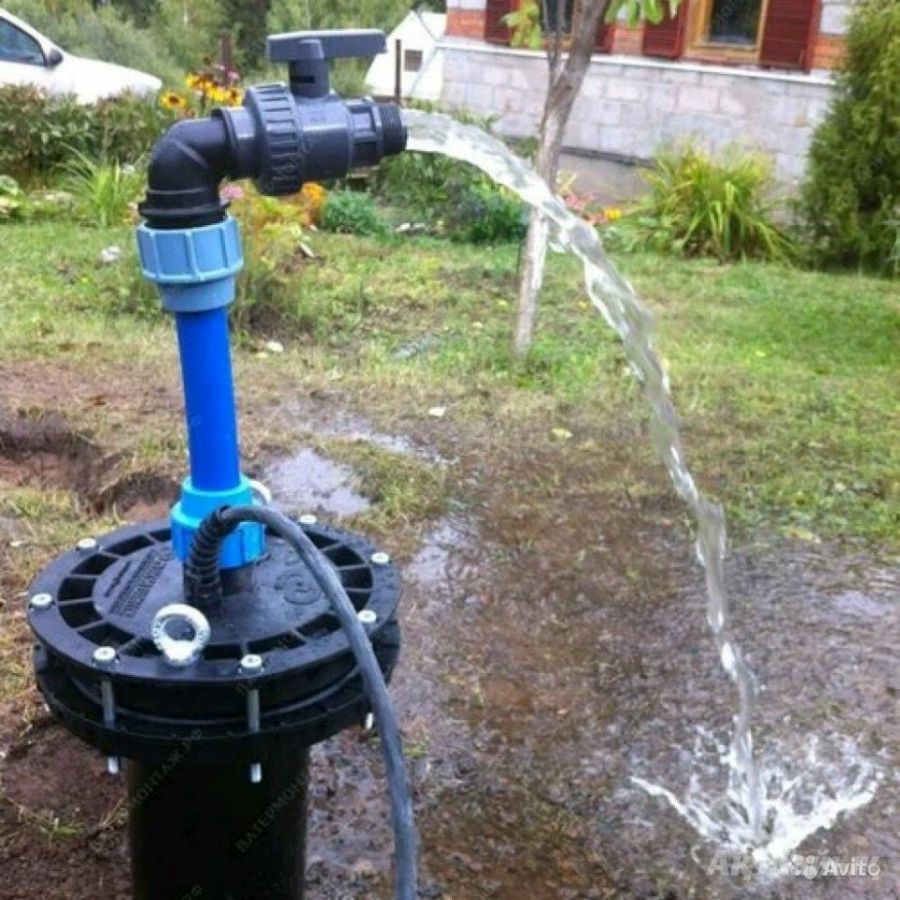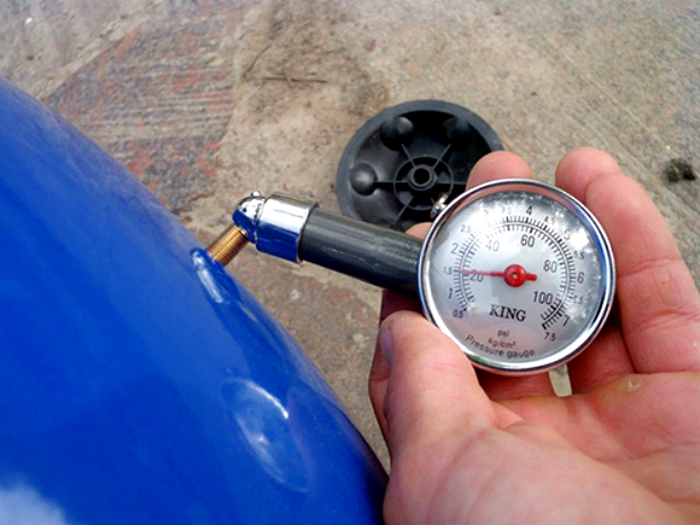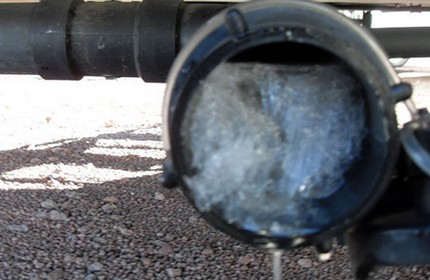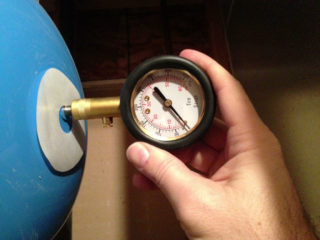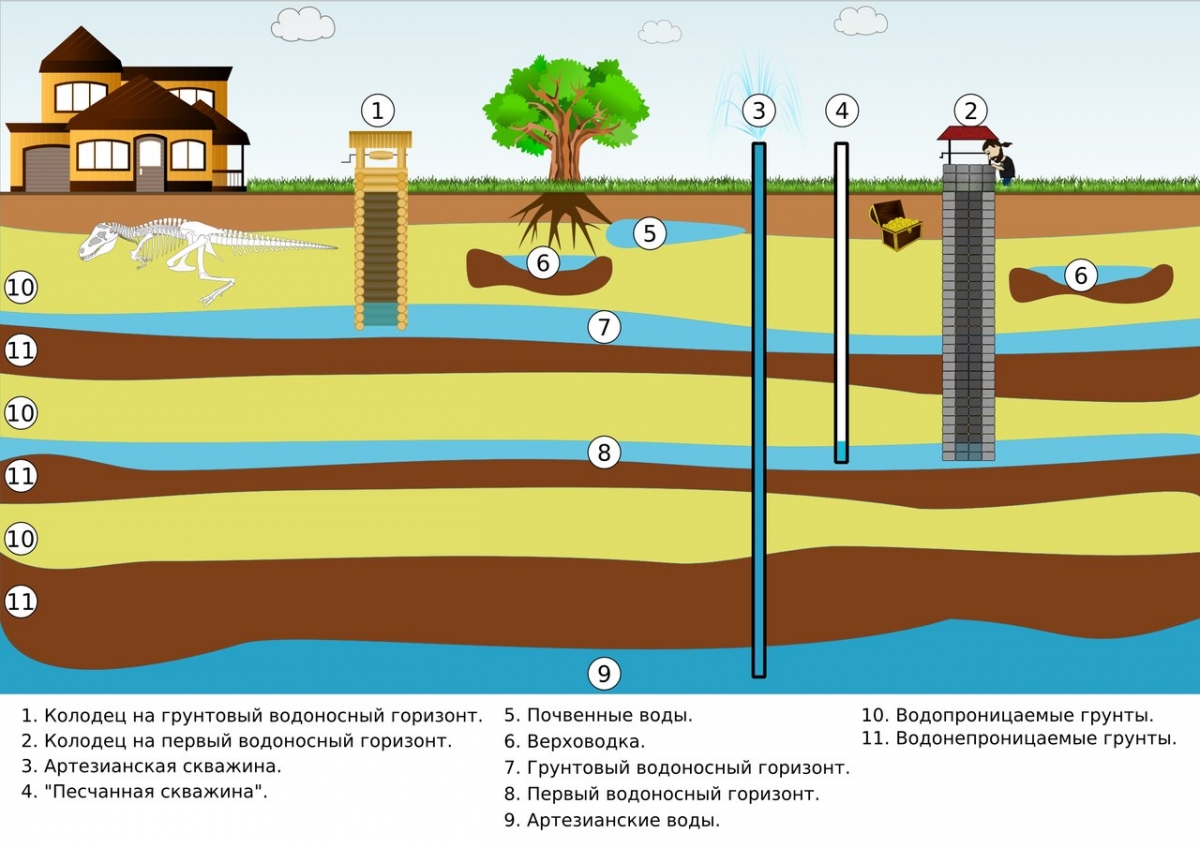Before entering a residential area, water travels a long way from a natural source through water pipes. The environment is not sterile, therefore additional cleaning methods are recommended for safety reasons. Mechanical filtration became one of them.
Purpose and scope
- clay,
- sand,
- rust.
This filtration removes 60% of the pollutants: it removes the coloring impurities that change taste and impart odor. For use in drinking and domestic purposes, the percentage is insufficient, therefore, the water is purified additionally. The principle of operation is simple: dirty liquid flows through a filter that retains unnecessary suspensions.
In addition to water purification, mechanical filtration helps to increase the life of plumbing and electrical appliances. Filters are classified into industrial and household filters.
Filter types
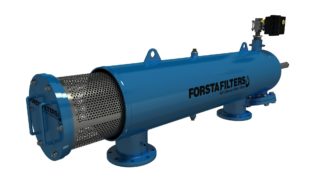
Mechanical stations for industrial uses are necessary for the production of large volumes of water. They are characterized by high power and include several stages of cleaning:
- At the initial stage, large particles are retained, which remain in the coarse filter.
- Refined products and particles that have passed the first stage are disposed of by settling. Small fractions of different density settle to the bottom.
- The remaining impurities are collected by centrifugal acceleration in the centrifuge sections.
- At the end, the remaining impurities are retained by a fine filter.
At the end of the process, the water undergoes additional processing and enters the apartments through the water supply. Often, pipes are not sterile, so the water comes to the consumer is not very clean. For household and drinking needs, it is recommended to use additional cleaning agents.
For individual use, mechanical filtration is needed in a private house when water is supplied from a well or a well in apartments with a centralized water supply. In consumer use, there are devices that need liquid without impurities for high-quality operation, so it is worth using cleaning devices. According to the method of cleaning, filters are subdivided into mesh and cartridge filters.

In order for the water to reach the consumer uncontaminated, systems are installed at the outlet from the water supply source mesh filtration. Before processing with biological products, it is necessary to clean it from coarse foreign inclusions. Filters are distinguished by the type of cleaning:
- mesh non-washing,
- mesh with automatic washing,
- cartridge.
Mesh non-washing, or mud collectors, are very simple in their content. In the case there is a metal mesh that retains foreign inclusions. The size of the trapped particles directly depends on the diameter of the filter cells. If a cleaning cycle is required using mud collectors, several filters with cells of different cross-sections are installed in series.
Since all the dirt remains on the filters, they require regular flushing, for which you need to unscrew the plugs and take out the mesh. If this is not done, the head will be significantly reduced.
Filters with automatic flushing more simple to use. Some of them are equipped with American union nuts for easy installation.The design consists of a flask made of glass or metal and a glass made of food grade stainless steel, equipped with a drain hole for flushing the contaminated liquid through a hose into the drain.
Backwashing is considered more effective when water flows in the opposite direction for cleaning. In some models, this function is included in the factory settings. If it is absent, it is possible to mount a wiring option using a back-pressure loop to organize flushing.
Most models have a pressure gauge that indicates the level of clogging based on the difference in pressure between the outlet and inlet. Sometimes the cleaner is equipped with a pressure reducer, which makes it possible to control.

Cartridge filters do not have the ability to flush the filter element; if it becomes clogged, it must be replaced. It consists of a body connected to the water supply, a glass and a cartridge, which is a cylinder with polypropylene walls. It happens:
- spongy
- corrugated
- thread winding.
Made of non-toxic material and approved for use in food and medical applications. The mesh sizes can be different, in certain situations filters become an alternative to fine cleaning.
Criterias of choice
A high-quality filter cleans water well at a minimum cost. For individual use, it is preferable to use a mechanical water purification filter with backwash, so that the elements are replaced less often.
To choose the right option, you should decide in advance on the type of cleaning and find out the compatibility of the connection of the priority model with water pipes. There are two options for cleansing:
- Single stage complex. Implies installation with step-by-step cleaning using a cartridge consisting of several layers, followed by filtration. Differs in ease of installation in one insert, as well as low cost of the filter. When used in a dirty environment, it quickly loses its financial advantage due to the need for frequent cartridge changes. Therefore, the use of such filtration will be justified for additional purification of relatively pure water.
- Multistage. The liquid is passed through several elements with different characteristics that trap a wide range of particles. For high-quality purification of highly contaminated water, you must first remove the contamination with a flanged magnetic filter, then small debris will be collected by a washing mesh filter with a large mesh. The next step is post-treatment, in which fine suspensions and corrosion products are removed, and a cartridge filter can be the final step. Since the water enters it already well purified, there is no need for frequent replacement of filtration elements.
Cleaning in several stages will help get rid of all types of debris and particles. The more expensive installation costs are subsequently offset by lower maintenance costs.
Special elements are installed on hot water pipes, which imply long-term operation at high temperatures up to 95 degrees. Installing a conventional cold water filter is impractical, as the seal will quickly fail and the purifier will start leaking.
Installation features

A suitable place to install the filter would be an area near the meter. If difficulties arise, the filter is mounted obliquely. Installation is carried out on horizontally directed pipes with the bulb placed at the bottom. Consider the direction of water flow and position the system according to the arrows on the body.
The installation of the cartridge filter is carried out taking into account the dimensions for installation and removal exclusively on pipes horizontally. If a backwash device is not available, a bypass loop and valves must be installed to change the direction of the water flow.
Operation and use
To ensure long-term operation, the filter unit must be disassembled and cleaned. Special attention is required for a sump and a sump, in which it is necessary to regularly change elements. To clean the mesh from dirt, wash it under a stream of water and dry it.
On the water supply pipe, it is necessary to install a shut-off valve in front of the filter in order to isolate the cleaner in case of replacement of elements for comfortable work. To increase the life of the system, it is worth adding a water pressure sensor.

